35 AUDACIOUS IDEAS TO CHANGE THE FUTURE OF ENERGY
A selection of projects and concepts from around the institute destined to change the future of energy
By the Staff of RMI

Thirty-five years ago, when Amory Lovins cofounded a small nonprofit in the mountains of Colorado, little did he know that the organization would grow 170 strong, have five offices, and be working on the ground around the world. The past 35 years have proven that Rocky Mountain Institute’s market-based approach works. With your help and the help of many other important partners, we have driven transformative change in some of the biggest and most complex systems in the world, from China’s economy to the Empire State Building. We’re still pushing the boundaries of what’s possible today. Here, 35 years after RMI was born, we give you 35 of the coolest things we’re working on now and how they will change the future.

Ending the Methane Threat Before It’s Too Late
Methane emissions are an urgent threat to the climate — methane emissions from the oil and gas industry alone will equal 40 percent of total CO2 emissions from global coal combustion over the next 20 years. RMI is using its expertise in private-sector engagement to end methane emissions from oil and gas, beginning with putting out flares around the globe. Utilizing a project-based strategy, we are convening industry, governments, multilateral finance actors, and third-party entrepreneurs to capture methane leaks at the source in major oil- and gas-producing nations like Oman, Kazakhstan, Nigeria, and others. Leveraging partnerships with the World Bank and the European Bank for Reconstruction and Development, RMI is catalyzing innovative project development and opening an entirely new industry to drive methane flares to zero and avoid billions of tons of carbon emissions. In the near term, we are driving exponential progress in the effort to put flares out by catalyzing a number of projects and speeding expansion across the 30 top flaring countries.

Factoring Energy Costs into the Home-Buying Process
The market crash of 2008 devastated the real estate and lending industries, leading to a new system of checks and balances to ensure that American homeowners could buy only what they could afford. But, the second biggest cost of home ownership — energy use — is still not a major factor in the home-buying or mortgage-underwriting process. RMI’s Residential Energy+ initiative aims to change that. We’re working with the country’s biggest lending institutions, real estate professionals, customers, government agencies, and major real estate platforms to make home energy performance a key consideration in the home-buying process. This will drive widespread improvements in home energy use and in financing.
Making a Market for Utility-Scale Wind and Solar
As corporate giants shift to 100 percent renewable energy, or close to it, RMI’s Business Renewables Center (BRC) is helping them to procure utility-scale wind and solar from utility-scale projects. In our “bag of tools” is the BRC Marketplace, an online platform that brings together corporate buyers, project developers, and intermediaries. Corporate buyers and intermediaries can either search our database of projects or post requests to project developers. Corporate buyers use our Marketplace to sense the market, identify opportunities, and get direct access to developers. Developers use our Marketplace to provide visibility to their projects to a broad audience with minimum investment in time. The Marketplace is fast proving a valuable companion to the BRC’s other resources, including its education and analysis platforms.

Busting Legal Barriers for Net-Zero Buildings
Thanks to a pioneering approach to contracts in our two Colorado offices, we are helping bust industry barriers to achieving net-zero energy in both owner- occupied and leased multitenant buildings. At RMI’s new offices in Boulder Commons, we partnered with others to develop a first-of-its-kind lease structure that built a strong business case for both tenants and landlords to achieve net-zero energy, and established new ways of billing tenants for operating their leased space. At the RMI Innovation Center in Basalt, we pioneered a new contracting structure that shared the risks and rewards of achieving net-zero energy. These contracts are publicly available so that they can provide a resource for others to successfully pursue cost- effective net-zero energy buildings or developments — regardless of their ownership structure.
Autonomous Electric Vehicle Fleets for a Major U.S. City
RMI is helping Austin, Texas, move boldly toward a mobility system of the future that is starting to take shape. With RMI’s support and facilitation, the Austin City Council passed a resolution in early 2017 to help shift the city’s transportation system to one that enables “shared, electric, and autonomous mobility services, in a city designed for it.” Austin is getting down to brass tacks and charting a cleaner, safer, healthier, more accessible, and more affordable future. Austin is poised to be a nexus for the commercialization and consumer adoption of the most exciting new mobility services and technologies. Fielding fleets of self-driving cars, powered by electricity, that cruise the streets to provide mobility to whomever needs it is no small feat. As Austin succeeds in demonstrating a viable path, we will also share and scale the model for other cities to emulate.
Eastbound and Down: A Truck Rally to Prove We Can “Run on Less”
RMI, the North American Council for Freight Efficiency, Shell, and PepsiCo are putting on a cross-country fuel-efficiency roadshow called Run on Less to showcase advances in fuel economy for Class 8 trucks. In September 2017, six to 10 trucks will set off from multiple locations around the U.S., using commercially available technologies and hauling real freight. These trucks will show fleets just how much fuel they can save. Driver progress, as well as the dollars and carbon emissions saved, will be tracked and reported in real time via a website. The run will culminate at the North American Commercial Vehicle show in Atlanta, where final results will be announced.
Helping Sustainable Aviation Take Flight
Biofuel is not yet cost-effective for airlines, even though it is a proven technology. RMI’s approach relies on airports taking the lead in accelerating the deployment of biofuels. We’ve begun a groundbreaking partnership with the Port of Seattle and SkyNRG to investigate financing mechanisms that could supply sustainable aviation fuels to all airlines at Seattle-Tacoma International Airport — the first airport in North America to pursue this goal long term. Our partnership aims to help sustainable aviation fuel go from an alternative product used by a few select airlines to a standard product that is used by all airlines at the airport, proving the feasibility for other airports to follow.

When Is a Ship a White Elephant?
It is expected that the onset of climate policies in coming years will require ships to run cleaner, with fewer emissions. Ships that can’t do so risk becoming stranded assets, unable to operate profitably and repay the loans for which they are collateral — and ships secure $400 billion of loans worldwide. RMI works to decarbonize shipping, and also to ensure that decarbonization is profitable. Our groundbreaking work is the first to demonstrate these risks as well as steps that can be taken by financiers, shipowners, and shareholders to help ensure investments deliver long-term value and contribute to successful decarbonization.
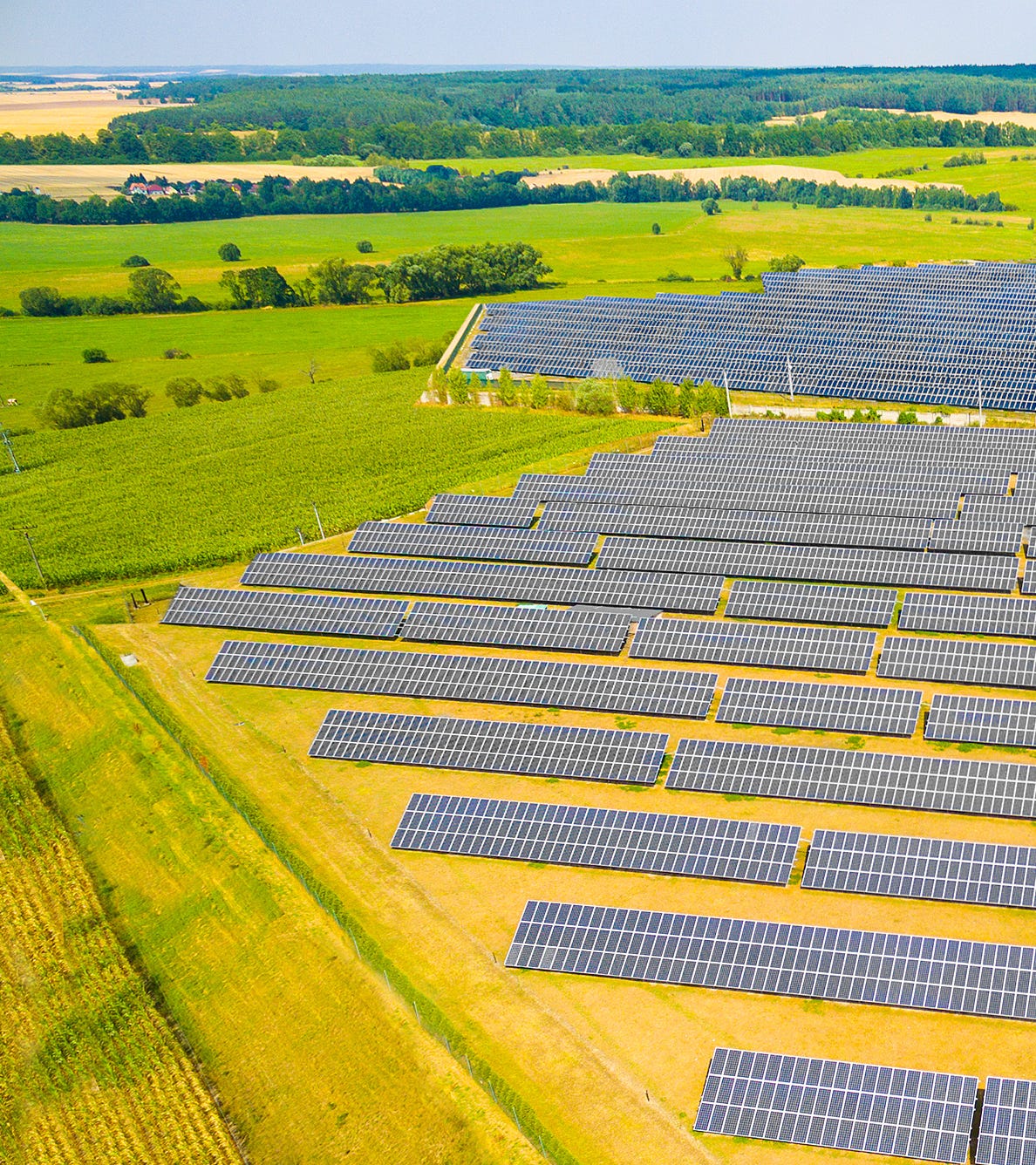
Standardizing Megawatt-Scale Solar Farms
RMI has developed a breakthrough design for a standardized solar photovoltaic (PV) solution for the distribution grid. The RMI Power Block Solution provides a pathway to a standardized 1 megawatt solar power plant that makes possible dramatically lower labor costs, reduced cycle time, and improved customer adoption rates, which will allow solar PV to compete without subsidies with wholesale electricity. The turnkey 1 megawatt system can be scaled as needed to create larger plant sizes and flexibly meet siting requirements. The design ensures maximized PV performance and efficient installation with a minimally skilled labor force under a wide variety of conditions. Widespread adoption of the Power Block Solution will also create a new, unsubsidized market segment with revenues of about $1.5 billion per year, and can be deployed around the world.
Mining for Big Cuts in Global Carbon Emissions
Transitioning mining sites from diesel-heavy energy to renewables-based energy has the potential to cut global carbon emissions by billions of tons per year. But most mining companies have never considered moving to renewables and wouldn’t know where to begin. A new planning tool from RMI’s Sunshine for Mines program enables mines to explore the advantages of renewables. The program’s unique, multistep approach starts with a low- cost screening phase to quickly and affordably engage mining firms that may have only a cursory interest in renewables, and takes them through to implementation. For the first time, the value proposition of renewables can be presented to mining companies on a low-cost, bespoke basis.
Planes, Trains, and Automobiles: Better Data for Seamless Travel
Imagine seeing all of your transportation options in real time, in the palm of your hand: where the subway is, if the bike-share is available, how far the rideshare driver is from where you’re standing — along with the costs and arrival times of each choice. And envision being able to choose and pay for your transportation choice with the touch of a button on your phone. RMI is working to make that a reality. Interoperable transit data allows transportation modes like public transit, bike-shares, ridehailing companies, and others to communicate with each other and with users, allowing phone-based intermodal travel to be seamless, trustworthy, and efficient.
All-Electric Vehicle Fleets in Hawaii
When in 2015 Hawaii passed its first-in-the-nation law requiring all utilities in the state to transition to selling 100 percent renewable electricity, the state created an incredible hotbed for innovation. We are supporting a push to electrify 100 percent of the Hawaiian light-duty-vehicle and mass-transit fleets. This will have impact beyond the cleanliness of the energy used; this transition is a way to develop and scale up solutions with worldwide application. Adding such a large number of electric vehicles to the grid entails new business models and rate structures for the utilities that serve them, and also provides a huge new customer base. And when electric vehicles are connected to their chargers, they can help manage the grid in ways that Hawaii is poised to pioneer.
Transformative Mobility Solutions for India
As India has rapidly ascended the ladder of economic development, its mobility system has been shifting from the use of nonmotorized and public transportation to private ownership of vehicles. This change has brought with it the familiar problems of urban congestion, worsening air quality, increasing traffic fatalities, and increasing reliance on imported fuel. In February 2017, RMI partnered with NITI Aayog, a government think tank, to cohost a charrette to identify transformative mobility solutions for India. India’s public and private sectors have already begun to move toward implementation of some of the participants’ ideas. Read more in “Modernizing Mobility in India,” here.
Going Green in the Blue Ridge Mountains
Government, community, and utility stakeholders within the Western Carolinas are exploring alternatives to a new natural gas plant and associated transmission line for meeting the growth in electricity demand in the region. One approach combines demand management resources, including energy efficiency and demand response, and distributed energy resources, including solar power and energy storage. This effort, which RMI is supporting, has already avoided the imminent construction of a new natural gas power plant. The utility involved in this effort is Duke Energy, one of the largest utilities in the country, so this work could provide lessons that can be applied across the country.
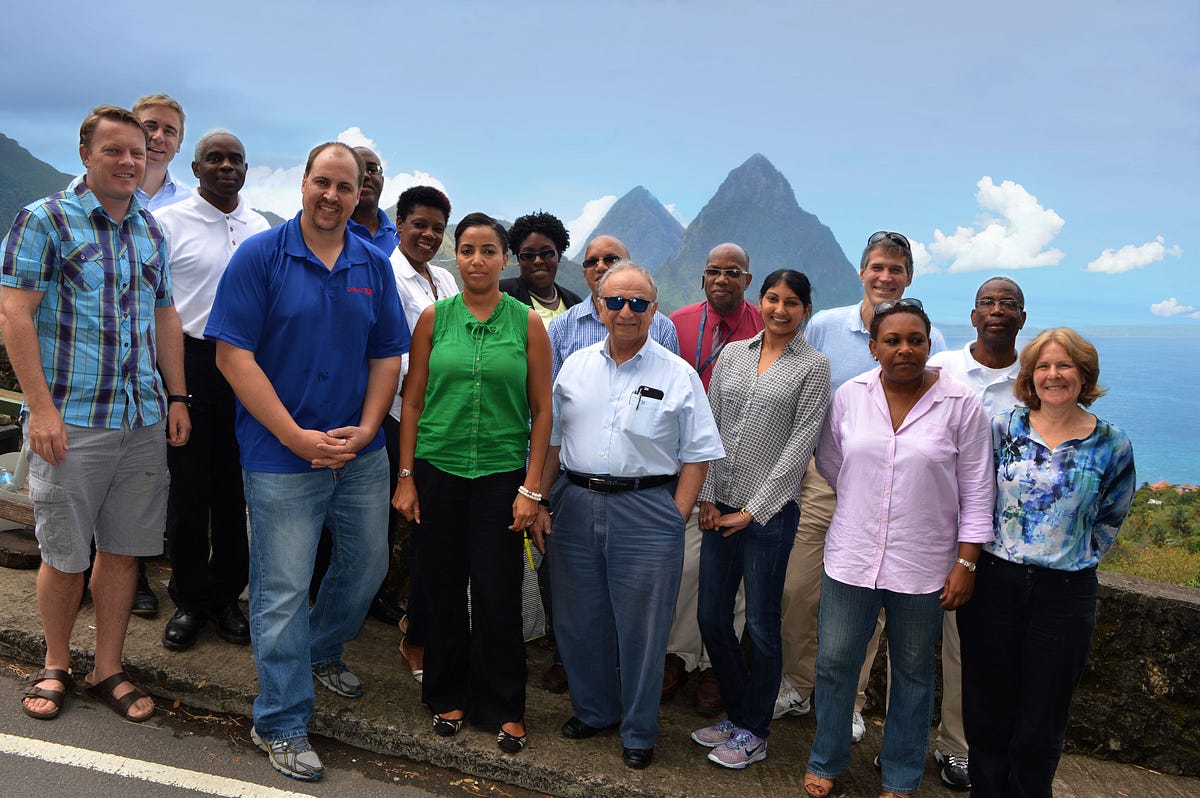
An Island-Hopping Knowledge Exchange
The people leading the charge in transitioning island nations to clean energy and away from imported diesel fuel are, by definition, isolated from each other. That’s why we helped create a thriving online community that is connecting renewable energy professionals from more than 40 countries to each other and the knowledge they need, and helping them to solve their local energy challenges. The CARILEC Renewable Energy Community (called CAREC) provides members with the information, support, and tools required to facilitate the transition to clean energy and enables them to exchange expertise and good practices. Islands can demonstrate system- wide, sustainable solutions across an entire economy, and collectively show that the clean-energy transition is both replicable and scalable.
Greening Islands in the World’s Oceans
RMI has long been working with partners to guide Caribbean island nations’ transitions to clean energy. We’ve helped put steel in the ground and demonstrated the feasibility of integrating high shares of renewables into islanded electric grids and economies. Now we are looking wider and seeing oceans of opportunity. Island nations in all the seven seas are ripe for similar work. In the Caribbean, we’ve worked with partners to develop a playbook for transforming island economies, and our expertise in providing capacity building, peer-to-peer collaboration, and regional market development should be applicable to virtually all small-island developing states worldwide. These are some of the countries most vulnerable to the impacts of climate change, and we are looking to expand our work to as many as we can.
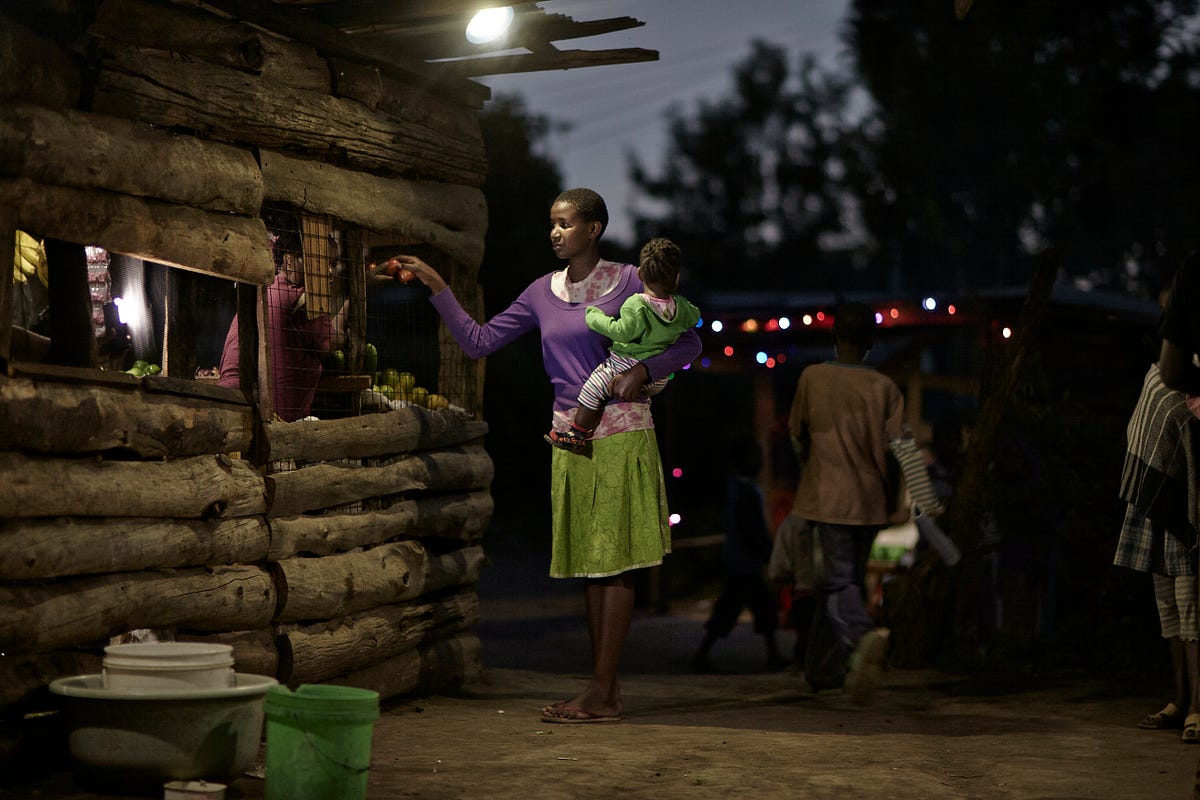
All Energy Revolutions Are Local
In sub-Saharan Africa, RMI’s Sustainable Energy for Economic Development (SEED) program has been collaborating with governments and stakeholders to develop clean energy plans and establish the relationships and mechanisms needed to implement them. A distinguishing characteristic of our approach is that we equip local stakeholders with the tools and skills they need to develop, own, and update an integrated resource plan to guide energy procurement, demand management, and rural electrification decisions on their own — commonly called capacity building. We did just that with the national utility of Rwanda, our first partner country. We designed an integrated resource planning tool that runs on computer programs in use in Rwanda, and then trained staff to use it. Our Rwandan partners are using the tool to evaluate future resource options for their electricity grid, and have asked us to train an even larger group of staff in its use.
Buildings That Make People and Grids Healthier
Our state-of-the-art, beyond-net-zero office and convening center, the RMI Innovation Center in Basalt, Colorado, pushes the boundaries of what’s possible with passive, integrative design. After one year of occupancy, the building is performing even better than expected. The Innovation Center’s instrumentation, automation, and controls have set a new paradigm for the industry, inspiring numerous companies and academic institutions to seek out our data and better understand our systems to develop scalable pilots on advanced measurement and verification, or to build high-performance buildings of their own.
Reaching a Peak with Cities in China
Recognizing that China’s cities are responsible for more than 60 percent of national carbon emissions — a number that will only increase as China urbanizes — RMI supported the creation of, and is now a leading partner supporting, China’s Alliance of Peaking Pioneer Cities (APPC). This group of bold cities and provinces is committed to making the groundbreaking changes required to peak their emissions ahead of China’s national goal to peak emissions in 2030. APPC cities are implementing best practices from around the world and developing innovative policies and strategies that will in turn be global models, especially for the developing world.
Location, Location, Location
Corporate buyers of clean energy face a difficult problem: how to assess the value of a renewable energy project? Like for real estate, it is all about location: electricity prices, prices of environmental attributes, and production costs all vary from place to place and state to state. And without that information — which most corporate buyers do not have — it is difficult for buyers to select the right projects. RMI’s Business Renewables Center (BRC) has collected more than 70 GB of data from across the country and made it available to corporate buyers on the BRC’s software platform. Future versions of the interactive online tool will include more precise estimates of network congestion and pricing of credit risk. The tool provides a unique and much- needed service to increase the quality of decision- making on the buyer’s side — and also to guide project developers.
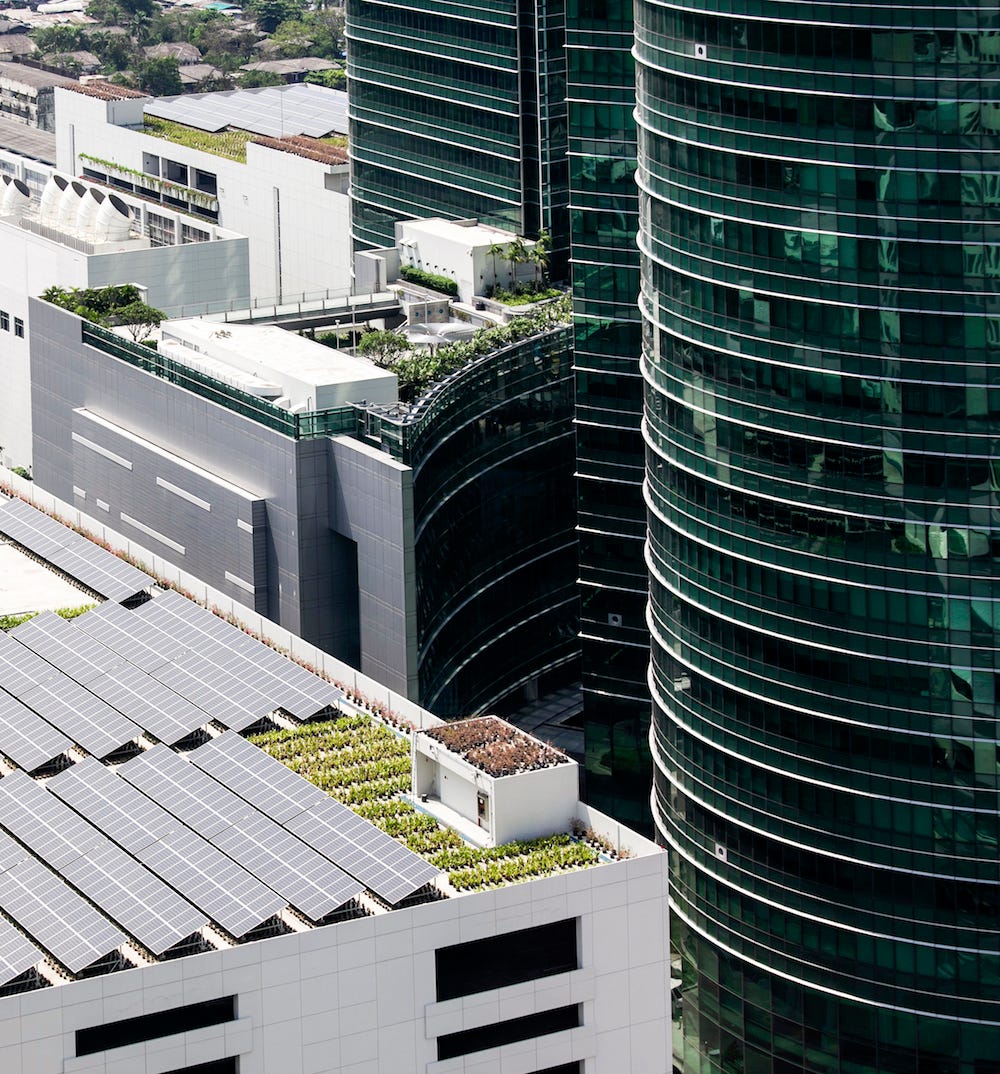
When Buildings Work Cleaner
Commercial buildings consume more than 35 percent of the generated electricity in the U.S. and are underperforming at every level. But retrofits don’t happen fast enough when they’re customized building by building. Our Portfolio Energy Optimization initiative is bringing building efficiency into the age of the building portfolio owner with an innovative, hands-on, and mass-customized approach. We are developing software tools, working with portfolio owners, and directly testing and evaluating new technologies that can dramatically increase the efficiency of portfolios of operating buildings. Meanwhile, we’re also working to establish third-party financing solutions for high-tech upgrades like LEDs and building controls.
Net-Zero Energy Districts in the U.S. and China
Net-zero energy buildings are critical to cutting emissions, but they have not yet achieved market penetration due, in large part, to the perception that a net-zero development comes at a higher up- front cost than business as usual — when, in fact, it is lower. RMI’s groundbreaking business model for developing net-zero energy districts can also create new income streams for developers, tenants, investors, and communities. This model has proven to be attractive in China, where the government is strongly supportive of net- or near-zero carbon development but is increasingly reliant on private investment and market forces to deliver. The size of the prize in China is tremendous, with roughly 10 billion square feet of floor space under construction annually.
A Game-Changing Technology for the Electric Grid
The blockchain technology supporting bitcoin’s virtual currency replaces central clearinghouses with a combination of software, governance principles, and cryptography, making it possible to conduct transactions without trusting a third party for monitoring and control. We believe this technology is capable of facilitating low-cost, secure, and fast integration of rapidly evolving distributed energy resources (e.g., energy efficiency, solar photovoltaics, demand response, and battery energy storage) to the electricity grid in support of our vision for the electricity future. Recognizing blockchain’s potential, RMI and Grid Singularity — an Austria-based blockchain technology developer — formed the Energy Web Foundation with one goal in mind: accelerate deployment of blockchain-based solutions in the electricity sector. With 10 affiliates so far, it’s off to an auspicious start.
Reducing Emissions with Automatic Time-Shifting
Until now, there hasn’t been a way to measure emissions from electricity use at an exact time and place. RMI has partnered with WattTime, a new technology provider that accurately measures moment-to-moment carbon emissions from electricity systems, allowing users to time their electricity loads to manage emissions creatively and with less effort. With the ability to track the actual emissions impacts associated with specific actions, both in real time and ahead of time, people can now use appliances, for example, at times when electricity is the cleanest. Just shifting the times water heaters and air conditioners are used could reduce CO2 emissions by over 6 million metric tons of CO2 per year — that’s like taking more than 1 million cars off the road. Harnessing the flexibility of end-use devices equipped with WattTime technology can make them run, on average, 15 percent cleaner than other devices, with no cost or quality impacts for the end user. RMI is partnering with WattTime to integrate this technology in devices coming to a store near you.

Bettering Communities with Net-Zero Carbon Schools
Two-thirds of all people on Earth will live in cities by 2050. Securing a more sustainable and resillient future for our communities is crucial for the generation of children worldwide that will live with the consequences of the decisions we make today. RMI and partners have developed an approach called Generation Z Schools, which can make schools net-zero carbon, slashing their emissions and unlocking additional investment in these schools. The energy retrofits would be just the start, as connected curricula would activate today’s students to be champions of an equitable and sustainable climate future. It is hoped that these projects would then scale these improvements to other buildings in each city and beyond, creating centers of resiliency.
Priority for Chinese Renewable Energy
Despite extraordinary growth in China’s renewable capacity, China still experiences challenges fully utilizing this energy. The first half of 2016 saw as much renewable energy curtailed as was produced by the entire U.S. solar industry in 2015. To support China’s ongoing efforts to address this curtailment, RMI is helping China implement “green dispatch,” shifting the way that power from different electricity sources is used and paid for on the country’s grid. Green dispatch gives priority to renewable power and the most efficient fossil-fueled power plants, reducing the amount of curtailment of variable renewable energy and maximizing the efficient use of resources. Changing the way the grid utilizes China’s diverse energy supply makes it possible for the country’s electricity system to save billions of dollars and reduce emissions by up to 10 percent annually — about 1 percent of global emissions.
Building for Jobs, Revenue, and Carbon Neutrality
With national leadership on climate in question, states are ramping up their goals and commitments to achieve carbon savings on their own. For one major state, we have identified a strategy to economically achieve an 80×50 (80 percent by 2050) emissions-reduction target in the building sector. The strategy focuses on using the sale of a building as a retrofit trigger to increase its value while also curbing its carbon emissions. This strategy can yield $1 billion per year in energy cost savings, create 50,000 new jobs, and generate hundreds of millions in tax revenue — all without negatively impacting the real estate market. Plus, it can serve as a replicable model for other states seeking an economically advantageous path to a more sustainable and competitive future.
Zero-Cost, Net-Zero Carbon Home Retrofits
Existing residential buildings account for 20 percent of U.S. primary energy consumption, but only a tiny fraction of homes have been retrofitted because both the supply side and demand side of retrofits operate piecemeal, meaning greater time, complexity, and cost for each retrofit. But it doesn’t have to be this way. In the Netherlands, Energiesprong created a new approach to residential energy retrofits: retrofitting housing units in large numbers to zero-carbon performance levels with no upfront capital cost to owners. RMI’s REALIZE project aims to bring this clean industrial revolution to America’s homes. We’re convening major players in manufacturing to streamline supply, while also partnering with leading cities to aggregate demand — starting with San Francisco and New York — and with the finance industry.

Solar Power for Low-Income Customers
Not everyone can have solar on their rooftop — high- rise apartments have many homes under one roof, and many businesses and families rent the roofs they live under. What’s more, high prices and financing constraints can make individual solar photovoltaics unattainable. To bring solar to everyone, RMI is hard at work developing community-scale solar — large shared solar arrays of 0.5 to 5 megawatts. These solar facilities are much smaller than utility-scale solar plants and can be sited close to end users. They also allow for innovative business models and financing that bring solar within reach for homeowners, tenants, and businesses that wouldn’t otherwise be able to access it. Our community-scale solar work, through our Shine team, is making solar power more affordable and more accessible.
Showing the Value of Island Clean Energy
At the Paris conference on climate change, COP21, many small-island developing states made commitments to transition their own economies away from fossil fuels. But most of the nations lack the internal resources to decarbonize quickly. What’s more, the true long-term cost of moving island nations away from imported fossil fuels toward a highly renewable electricity system was unknown, discouraging investment. Now, we have shown that the cost is actually a net gain, at least for the island nations of the Eastern Caribbean. While the upfront cost to transition to 70 percent renewable energy will be $1.8 billion, almost $1 billion in total net present value will be gained from reduced fossil fuel imports over 20 years. This encouraging work will provide a roadmap for other island nations and isolated economies to follow.
Making the Invisible, Visible (and Bankable)
The Nest thermostat helped to mainstream the concept of a smarter home. Now, high-resolution smart electricity consumption meters, communicating smart thermostats, nonintrusive load-submetering devices, and new cloud-based software are transforming the concept of smarter buildings. Emerging measurement and verification technologies are one of many disruptive forces changing the built environment’s relationship with the electricity grid, and creating a new normal for energy efficiency. But for all of their promise, they remain under-delivered, under-explored, and dispersed. That’s where RMI and partners come in — we’re providing thought leadership to set a shared language and common standards and methodologies for such technologies, and seeking opportunities for disruptive market offerings and pilot projects.
Looking for a Ship? Choose Green, Clean, and Cheap
It has long been difficult for shipping stakeholders to look at opportunities for operational savings over an extended period of time, and compare operational data with peers. But now, RMI and University Maritime Advisory Service have created BetterFleet, an online, free-to-access ship operational efficiency portal. BetterFleet shows how efficiently an individual vessel has operated over the past year and compares it against its peer vessels. BetterFleet will help stakeholders throughout the shipping and logistics value chain better understand the impact of their decisions, create change that lowers costs and reduces emissions, and ultimately enable them to commit to science-based targets.
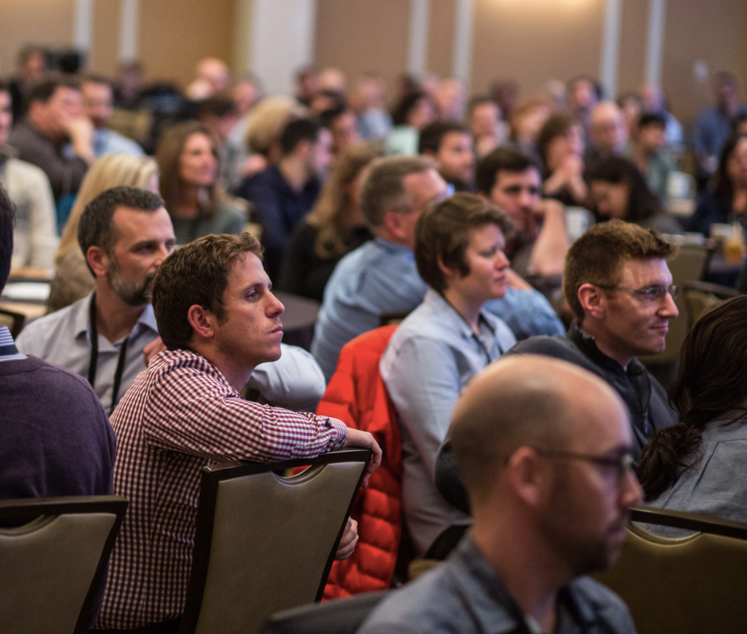
“Rebuilding an Aircraft in Mid-Flight”
Today’s electricity system was designed over 100 years ago and needs to be reconfigured to incorporate clean distributed energy resources like rooftop solar and energy efficiency, and to also become smarter, more resilient, and more efficient. To help accomplish this feat, which is akin to rebuilding an aircraft in mid-flight, RMI’s Electricity Innovation Lab (e-Lab) organized the e-Lab Accelerator, which brings together teams from across North America that are working on projects that promise to revolutionize the electricity system’s distribution edge. e-Lab Accelerator is a four-day working meeting helping to unlock opportunities to drive projects forward more effectively and collaboratively by including stakeholders from government and incumbent utilities as well as newer entrants to the energy industry. Some of the most exciting advances in clean energy get their start, or a big boost, at Accelerator.
Building Clean Energy Infrastructure in Africa
Providing energy access to the hundreds of millions of unelectrified households and businesses in sub-Saharan Africa quickly, cost-effectively, and sustainably is a daunting challenge. But the opportunity exists to fundamentally reimagine what a power system can be, and RMI is collaborating closely with partners on the ground in several sub-Saharan African countries to design, finance, and build the kind of energy system needed to drive human and economic development. This is critical because thoughtfully designed and built energy systems will provide energy access to the more than 600 million people in sub-Saharan Africa who currently lack it, and drive sustainable GDP growth in the region — without saddling countries with debt. RMI serves as an impartial, trusted advisor and government champion in navigating the ever- increasing array of clean-energy solutions and in securing funding to move from vision to action.
Creating a Market for LED Energy Savings
The “as a service” model has transformed the way we look at personal mobility (think Uber) and rooftop solar, driving widespread adoption. Now RMI has put forth a new way to unlock the market potential of LED lighting retrofits with “Lumens as a Service.” This approach transforms the delivery of commercial building lighting by combining LED lighting with smart controls and measurement that enable a third-party service model. LED retrofits paired with intelligent controls can maintain comfortable lighting levels where you need them, provide demand response as a benefit to the electric grid, and massively reduce energy costs when deployed at a commercial scale, all while creating more comfortable and productive spaces. With the Lumens as a Service model, LED retrofits become a win-win-win in buildings, allowing owners, investors, and tenants to capitalize on the people-planet-profit benefits of LED lighting.
By the Staff of RMI







Follow Us!